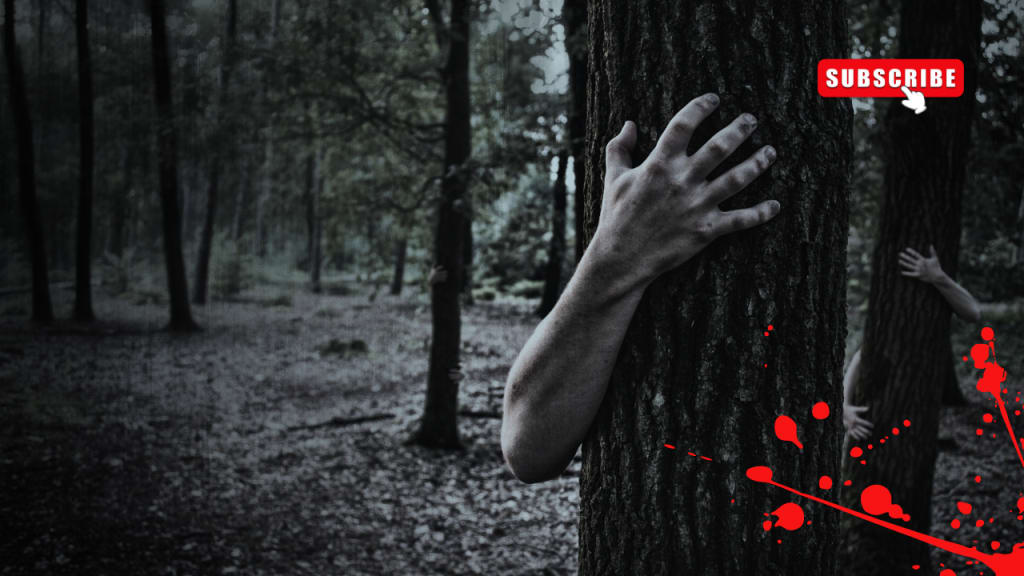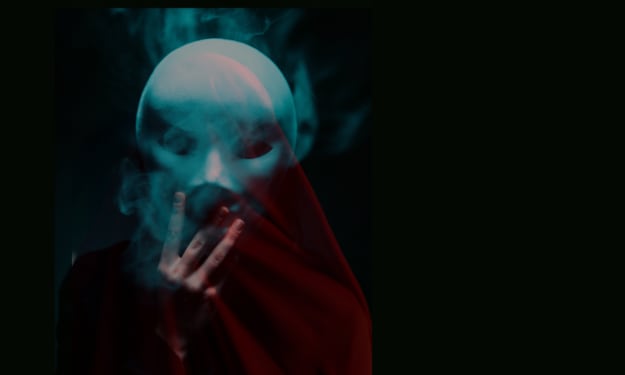Victorian Reimaginings in Modern Cinema
Balancing Historical Accuracy and Contemporary Perspectives

Introduction:
The Victorian era, a time of significant social, cultural, and technological changes, has long been a source of inspiration for filmmakers. However, contemporary cinema often takes creative liberties, blending historical authenticity with modern themes and sensibilities. This approach can lead to innovative storytelling but also raises questions about historical accuracy and representation.
**Section 1: Historical Accuracy vs. Artistic License**
- **Accuracy in Costuming and Set Design:** Films like "The Age of Innocence" and "Pride and Prejudice" are lauded for their meticulous attention to period details in costumes and sets, creating a visually authentic experience.
- **Creative Reinterpretations:** Movies such as "The Great" and "The Personal History of David Copperfield" take more liberties, using anachronistic elements and diverse casting to make historical narratives more relatable to modern audiences.
**Section 2: Modern Themes in Victorian Settings**
- **Feminist Perspectives:** "Poor Things," as described in your review, explores themes of female autonomy and sexuality, which contrast sharply with the restrictive gender norms of the Victorian era. Other films like "The Favourite" and "Colette" similarly use historical settings to examine women's roles and rights.
- **Social Issues:** Films like "The Alienist" and "Penny Dreadful" address issues such as mental health, sexuality, and class disparities, using the Victorian backdrop to highlight the persistence of these issues into the present day.
**Section 3: The Role of Performances in Bridging Eras**
- **Character Depth and Development:** Actors like Emma Stone in "Poor Things" and Saoirse Ronan in "Little Women" bring a contemporary depth to their characters, making historical figures feel relevant and engaging to today's audiences.
- **Breaking Stereotypes:** Modern portrayals often aim to break down Victorian stereotypes, presenting characters with more complexity and agency than traditional narratives allowed.
**Section 4: Audience Reception and Critique**
- **Critical Acclaim vs. Public Perception:** How do critics and audiences differ in their reception of these films? "Poor Things," for example, might receive praise for its bold themes and performances but also face criticism for its explicit content and deviations from historical norms.
- **Cultural Impact:** The impact of these films on contemporary culture and their role in ongoing discussions about history, identity, and representation.
**Conclusion:**
Victorian reimaginings in modern cinema offer a rich field for exploring the balance between historical fidelity and contemporary relevance. By examining how films like "Poor Things" integrate modern themes into historical settings, we can better understand the evolving relationship between past and present in storytelling.
- *"Poor Things"* (2023): As highlighted in your review, this film tackles themes of female autonomy, sexuality, and identity. Emma Stone's portrayal of Bella Baxter, a woman with the brain of a fetus, symbolizes a journey of self-discovery and empowerment that challenges Victorian gender norms.
- *"The Favourite"* (2018): This film uses the backdrop of Queen Anne's court to explore the power dynamics and sexual politics among women, offering a darkly comedic take on female ambition and rivalry.
- **Social Issues:**
- *"The Alienist"* (2018–2020): This series delves into issues of mental health, child exploitation, and the criminal underworld, presenting a gritty, unvarnished view of Victorian New York.
- *"Penny Dreadful"* (2014–2016): Combining Gothic horror with social commentary, this series addresses topics like sexuality, mental illness, and the supernatural, using the Victorian setting to highlight the era's repressive attitudes and fascination with the macabre.
**Discussion Questions:**
1. How do modern films set in the Victorian era challenge or reinforce contemporary views on gender and sexuality?
2. What are the benefits and drawbacks of taking creative liberties with historical settings in film?
3. How do actors' performances influence the perception of historical characters in modern cinema?
4. In what ways can historical reimaginings foster a deeper understanding of current social issues?
This expanded topic allows for a more thorough exploration of how Victorian themes are adapted and reinterpreted in modern cinema, offering a comprehensive analysis that addresses various aspects of this fascinating intersection.
About the Creator
RAVI KUMAR
Welcome to my channel, where every story is a masterpiece waiting to be discovered. From gripping dramas to heartwarming romances. Subscribe now and let your imagination soar with every word penned.
Enjoyed the story? Support the Creator.
Subscribe for free to receive all their stories in your feed. You could also pledge your support or give them a one-off tip, letting them know you appreciate their work.





Comments
There are no comments for this story
Be the first to respond and start the conversation.